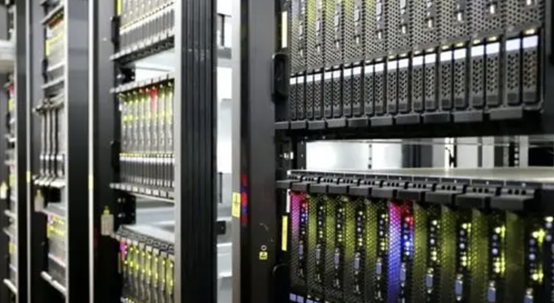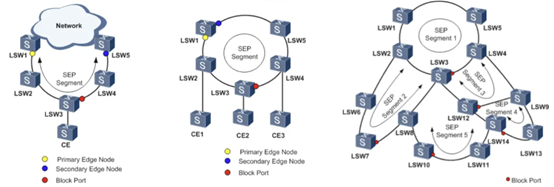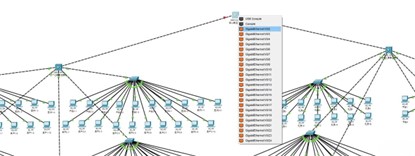
The management network in the factory is connected to the machine room switch, and finally connected to the remote end or the internet through the router. Switches are divided into three layers:
1) Access layer;
2) Aggregation layer;
3) Core layer.

The part of the network that directly connects to users or provides network access is usually referred to as the access layer. Access layer switches are responsible for connecting hosts to the network and have the characteristics of low cost and high port density. The aggregation layer is located between the access layer and the core layer. The aggregation layer switch serves as the aggregation point for multiple access layer switches, processing all data traffic from the access layer and providing the uplink to the core layer switch.

Aggregation layer switches have stronger performance, fewer ports, and faster switching speeds. Aggregation layer is optional and many small networks do not have it. The backbone part of the net networks does not have it. The backbone part of the network is called the core layer, which provides optimized and reliable backbone transmission structure through high-speed forwarding by core layer switches. Therefore, core layer switches have the highest reliability, performance, and throughput. Both aggregation layer switches and core layer switches have virtual LAN (VLAN) functionality, and the actual hardware carrier is a three-layer switch (ordinary switches can only forward based on MAC addresses and work at the data link layer, while three-layer switches can forward based on IP and work at the second and third layers). Although three-layer switches can sometimes replace routers to achieve cross network communication, their main function is to accelerate data exchange within large local area networks, and their routing functions are mostly focused on this purpose. Their routing capabilities are not as good as professional routers of the same level.
Post time: Apr-23-2025

